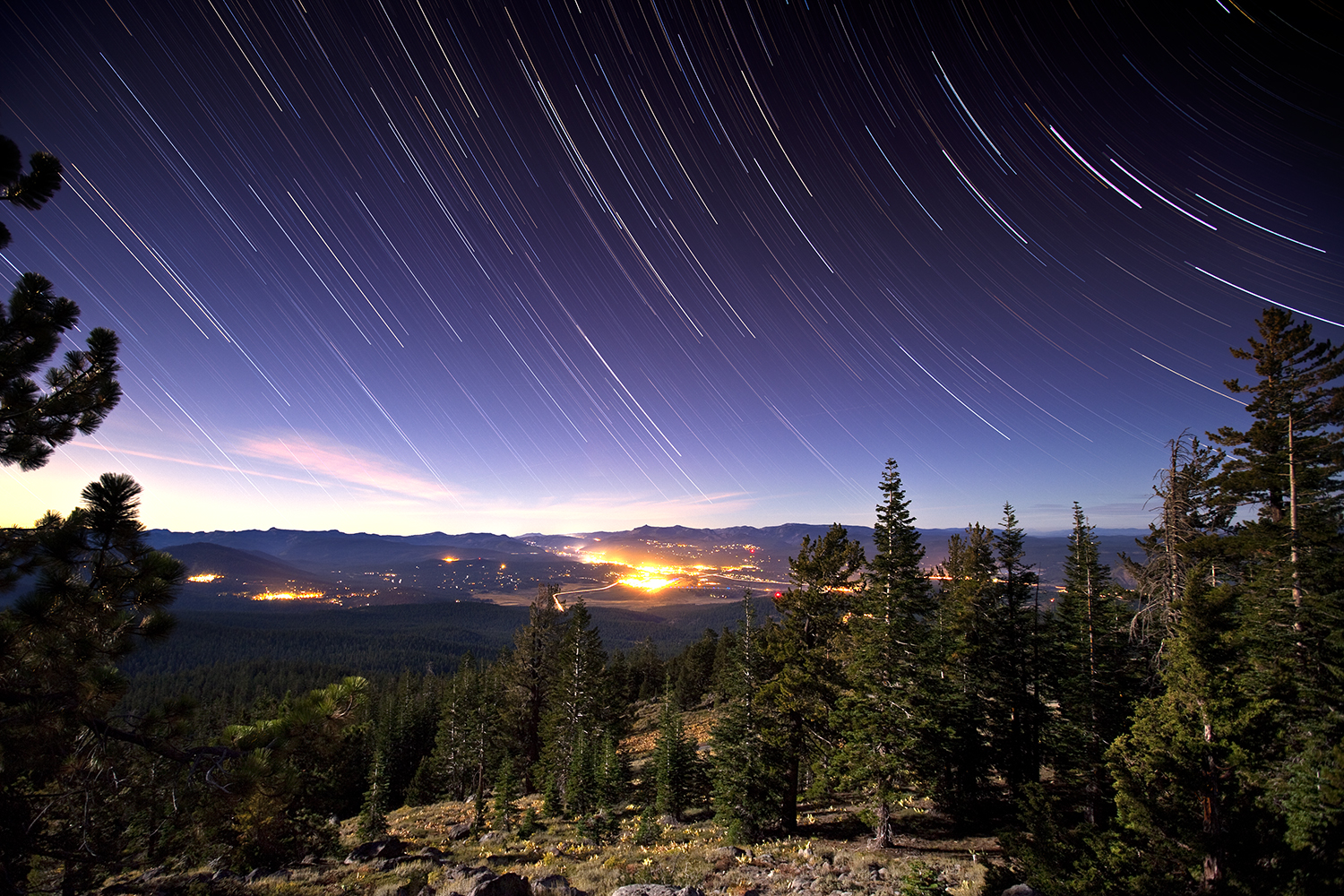Tahoe National Forest
The Tahoe National Forest straddles the crest of the Sierra Nevada mountains in northern California, and encompasses a vast territory, from the golden foothills on the western slope to the high peaks of the Sierra crest.
Tahoe National Forest lands range from an elevation of 1,500 feet in the American River canyon on the western edge of the forest to over 9,400 feet on top of Mt. Lola, along the Sierra Crest.
The Tahoe National Forest is renowned for its rugged beauty, outstanding downhill and cross country ski opportunities, historic sites, and exceptionally productive timber lands. The Granite Chief Wilderness Area offers solitude, beauty and wonderful trails.
The Tahoe National Forest is divided into four Ranger Districts, visit these sites for specific recreation activities: Yuba River (north), Yuba River (south), American River, Sierraville, and Truckee. Also associated with the Forest is the Big Bend Visitor Information Centerand Big Bend Museum. The Forest offers variety of interpretive programs.
The Foresthill Divide is an amazing place, full of recreation opportunities, historic sites, and places for both socialization and solitude. The two main recreation areas are the Sugar Pine/Big Reservoir area north and east of Foresthill and the French Meadows area east of Foresthill.
The Tahoe NF has an incredibly rich historic and prehistoric setting, due to thousands of years of trans-Sierra migration and travel across Donner Pass. Over 200,000 people came through Big Bend on their way to California prior to and during the Gold Rush in the 1840s and 1850s. Rust marks from covered wagon wheels remain visible near the center, and during summer, Visitor Center staff lead walks on the emigrant trail.

Big Bend is in the heart of a natural break in the Sierra Nevada. For thousands of years, humans, animals, plants, and massive winter storms have been drawn to this break in the mountains. Glaciers, rivers, and seismic action have combined to create a pass that's been used for thousands of years by humans, animals, plants, and massive storms to move between California and the Great Basin of Nevada.
Calpine Lookout was built in 1934 by the Civilian Conservation Corps. Towers such as Calpine lookout have been used for many years to spot forest fires. This lookout was active every summer until 1975. The structure is available for rent and consists of a ground floor storage room, a middle sleeping room and the observation cab on top.
Calpine lookout is an “L-7” or windmill style enclosed tower with a “BC-3” cab and has been determined to be eligible for the National Register of Historic Places. The windmill style of lookout was very popular throughout California, used by the Forest Service, California Department of Forestry and some counties. Calpine lookout is one of three windmill style lookouts that remain in the state.

